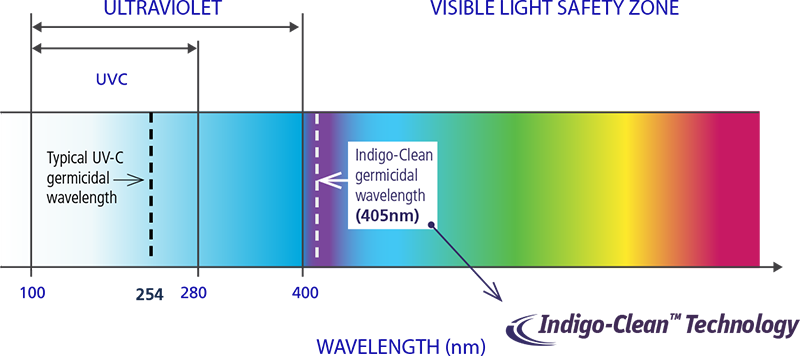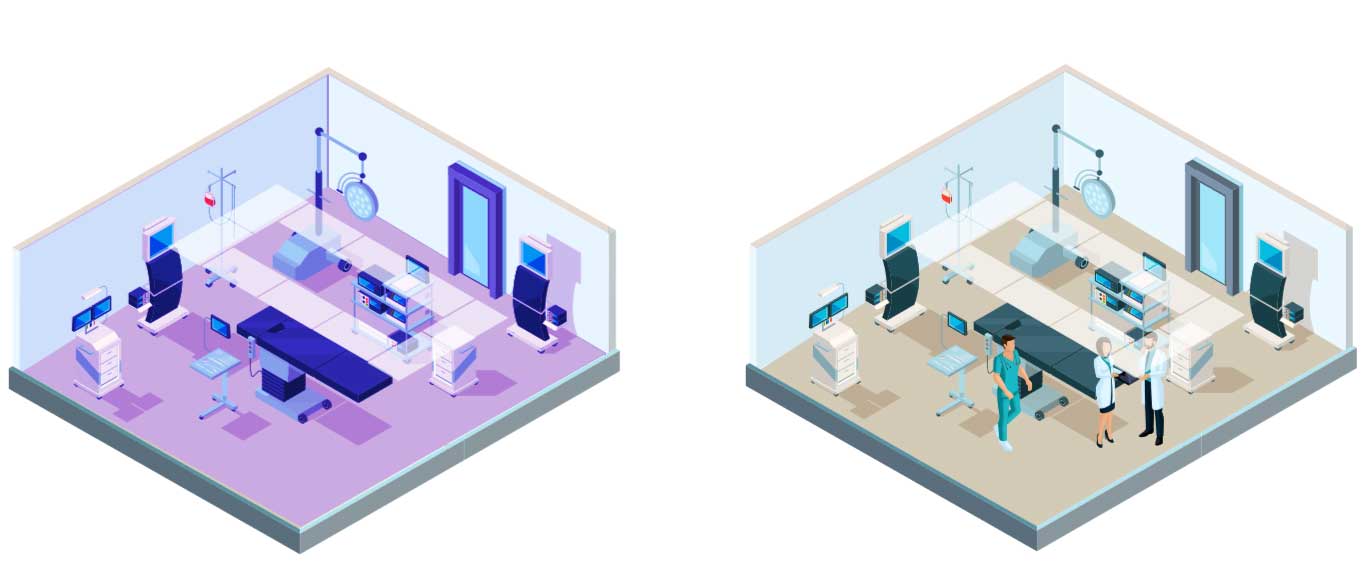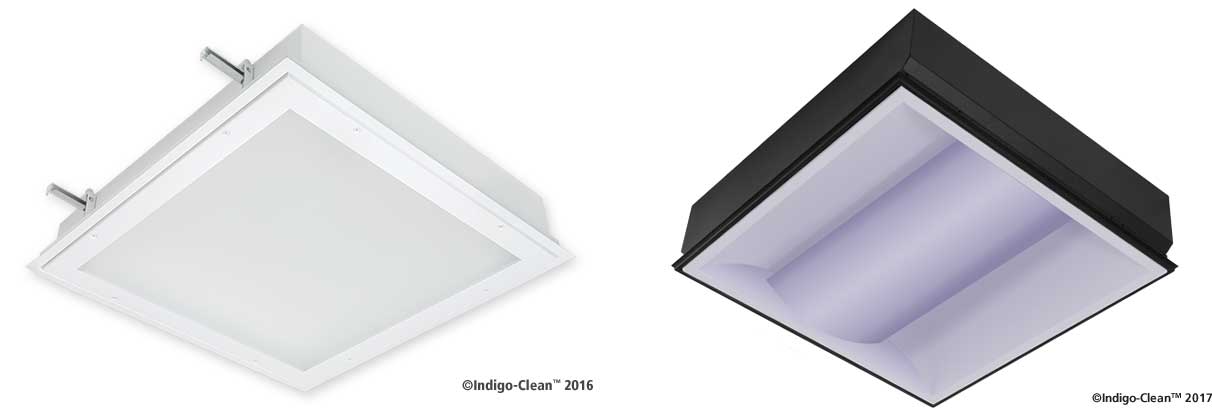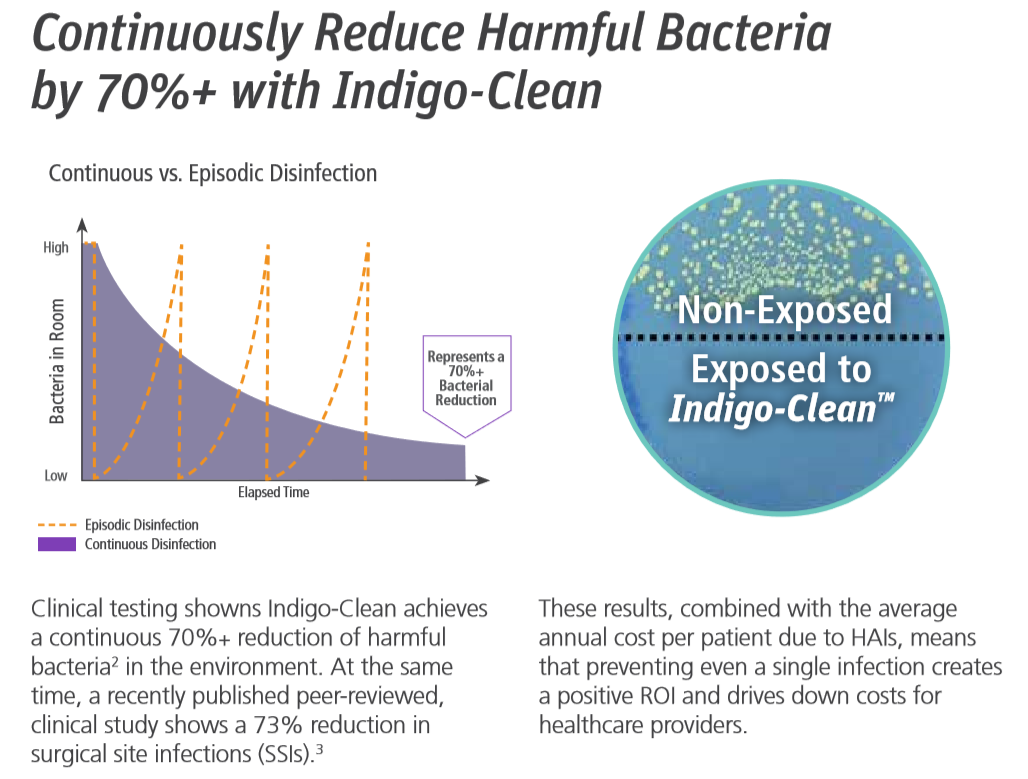Share This Story
Recent advances in lighting technology have made another level of hospital cleaning and disinfection procedures possible. With its robust environmental disinfection capabilities, antibacterial lighting (or 405-nanometer lighting) is taking center stage as it provides a safeguard for continuous cleaning in areas where infections are most prevalent.
So how does it work?
While conventional UV light sources can be both carcinogenic and cataractogenic, antibacterial lighting (lighting that falls within the 400-420nm wavelength) can efficiently inactivate bacteria without causing harm to exposed skin or eyes. Due to its shorter wavelength than that of traditional “white light” and strong absorbance in biological materials, 405nm light cannot penetrate even the outer most layers of human skin or eyes. It can, however, penetrate and inactivate specific pathogens and bacteria’s that float in the air and reside on surfaces.
Rochester Regional Health’s new Sands Constellation Center for Critical Care is set to use 405-nanometer lighting technology manufactured by Kenall Lighting. Proven to kill harmful bacteria, this disinfectant lighting fixture uses both 405-nanometer (Indigo) light and traditional “white light” LEDs, which emit a narrow spectrum of light that can inactivate bacteria’s linked to hospital acquired infections.

Another major perk to using this lighting system is its ability to switch between the 405-nanometer mode to the white LED mode. When the system is in the 405-nanometer mode, it can maximize disinfection in unoccupied spaces and give staff visual cues that the space is in fact being sanitized. This lighting mode acts like bleach, creating an oxidative environment that renders bacteria inactive and prevents harmful bacteria from re-populating – a method known as ROS or Reactive Oxygen Species.

During hospital procedures, the system can switch to the white disinfection mode, which provides ambient visual acuity and comfort on the eyes while continuously cleaning the room. After the room has been unoccupied for approximately 15 minutes, the 405-nanometer setting is automatically engaged.

This lighting system appears like standard hospital lighting and comes in 2’x2’, 2’x4’ and 1’x4’ industry standard sizes. It has been proven to reduce harmful bacteria by over 70% and many clinical studies note a 73% reduction in surgical site infections.

Note: Although there are studies currently underway on the effect of certain light therapies and their effects on viruses, there are no lab studies or evidence that antibacterial lighting (400-420nm) can kill, mitigate or prevent specific virus strains including COVID-19.
